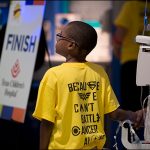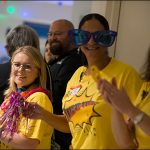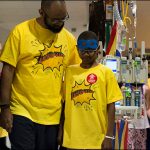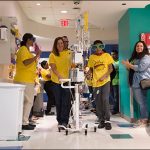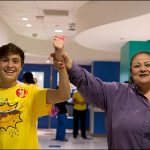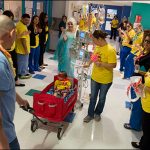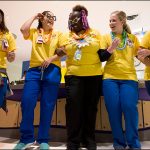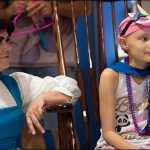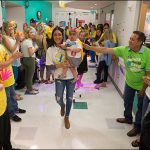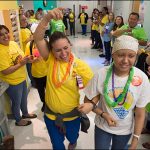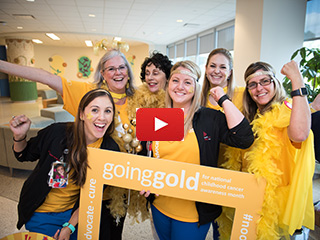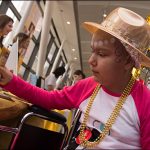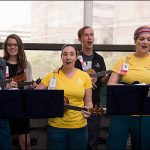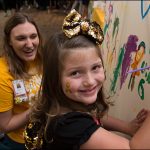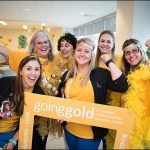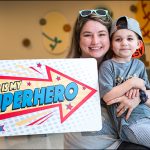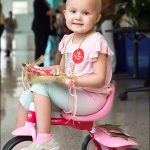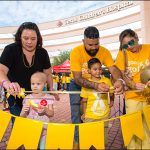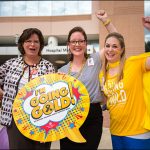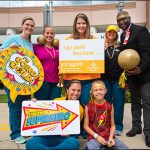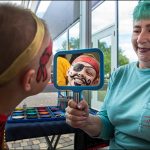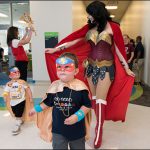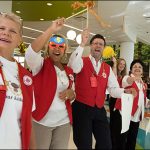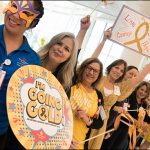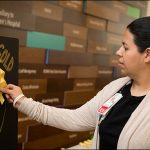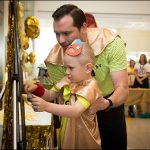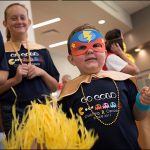October 2, 2018
On September 21, Texas Children’s Hospital hosted His Excellency Mokgweetsi E.K. Masisi, president of Botswana, along with his family and members of his delegation. President Masisi met with clinical and executive leaders at Texas Children’s for a luncheon and tour to discuss pressing health care issues facing Botswana. The gathering also served as an opportunity to assess the progress we have made together to help combat pediatric illnesses in his country, including HIV/AIDS, cancer and hematologic diseases.
“I must begin by giving a very direct word of appreciation and thanks to Texas Children’s and Bristol-Myers Squibb, for you might not fully comprehend what you did for a whole nation state and civilization,” President Masisi said during his opening remarks at the luncheon held in Peterkin Board Room. “The government and people of Botswana will remain forever grateful for your generous response to our urgent appeal during literally our darkest and most perilous hour at the height of the HIV/AIDS pandemic. When we thought all else was lost, your generosity, your humanity, your assistance among others brought smiles to many of our families, and the nation at large.”
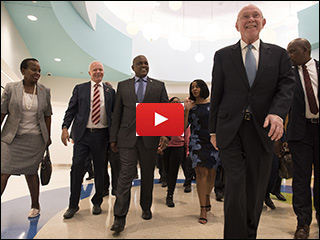
With the generous support of Bristol-Myers Squibb, Baylor College of Medicine International Pediatric AIDS Initiative at Texas Children’s Hospital (BIPAI) began working in Botswana in 2001. They started out small, training doctors and nurses, and testing and treating children with HIV. They then went big in 2003, building the Botswana-Baylor Children’s Clinical Centre of Excellence, a Centre of Excellence where state-of-the-art HIV/AIDs care is administered to children.
“It’s been a blessing to be in partnership with the Ministry of Health, and with the government of Botswana in absolutely everything we’ve done,” said Dr. Mark W. Kline, president and founder of BIPAI, physician-in-chief of Texas Children’s Hospital and chair of the Department of Pediatrics at Baylor College of Medicine. “It really has changed the world for hundreds of thousands of children across the African continent and around the world.”
The goal of Bristol-Myers Squibb, Texas Children’s, BIPAI and the Ministries of Health, Kline explained, is to implement the same principles that have been applied to HIV/AIDS to the treatment of cancer among African children, who for decades have not received the life-saving therapy they need and deserve.
In the United States, where there are 15,000 cases of pediatric cancer a year, 80 percent of children survive and most have a very good quality of life, statistics show. In Sub-Saharan Africa, of the more than 100,000 children who develop pediatric cancer each year, 90 percent die.
View photos below from His Excellency Mokgweetsi E.K. Masisi, president of Botswana’s visit.
Dr. David Poplack, director of Global HOPE (Hematology-Oncology Pediatric Excellence) and associate director of Texas Children’s Cancer and Hematology Centers, said the discrepancy and inequity these statistics represent are intolerable, and are why the Global HOPE cancer program – a partnership between Texas Children’s Hospital, BIPAI and Bristol-Myers Squibb Foundation, along with the Ministries of Health in six sub-Saharan African countries, including Botswana – are working to correct it.
“Africa is now poised to make major advances in the diagnosis and treatment of cancer,” Poplack said. “Based on our experience in the United States, we know what is possible, and we know what it takes to achieve success. We believe Botswana now has a similar opportunity to dramatically improve childhood cancer treatment and care; not only in Botswana, but across the continent.”
To help accomplish this, Global HOPE is working with the Ministry of Health to establish a Center of Excellence in pediatric care in Botswana as well as a pediatric hematology/oncology fellowship training program that will make Botswana a hub for training across Southern Africa. Centers of Excellence also are being established in Malawi and Uganda as part of the Global HOPE program.
Global HOPE was created in February 2017 as a $100 million initiative to create an innovative pediatric hematology-oncology treatment network in sub-Saharan Africa. The program already is making great strides, treating more than 1,000 patients, training 369 health care professionals, and graduating the first class of physician fellows enrolled in the first Pediatric Hematology Oncology Fellowship Program in East Africa.
“Our relationship with Botswana has spanned 15 years, a long time, and was the inception point of Texas Children’s global work in Africa,” said President and CEO Mark Wallace. “We look forward to continuing our extraordinary partnership for many, many years to come and know that your focus on innovation and continuing to create a higher standard of excellence for health care for your country will impact the quality of life for the people of Botswana for generations to come.”
Discussions about these efforts continued throughout the evening at an event at the St. Regis Hotel where leaders from Houston, throughout the United States and Botswana gathered to celebrate the incredible work underway.
Click here for more information on Global HOPE.


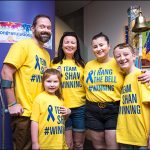

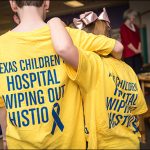
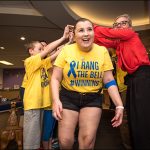
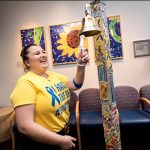
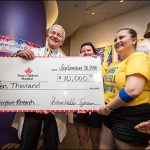
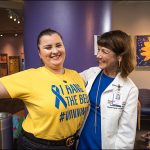
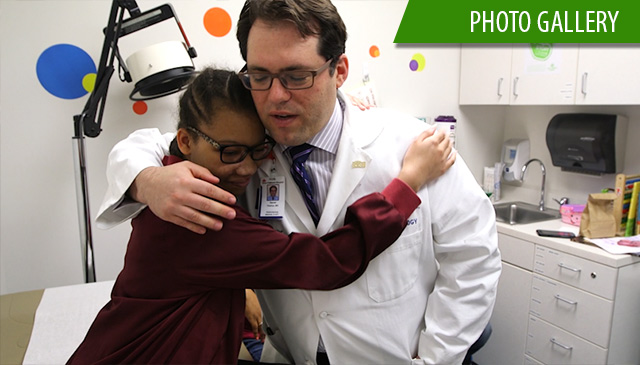
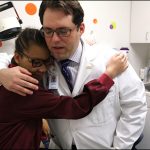

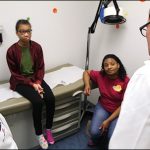
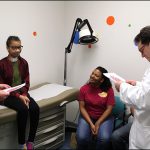
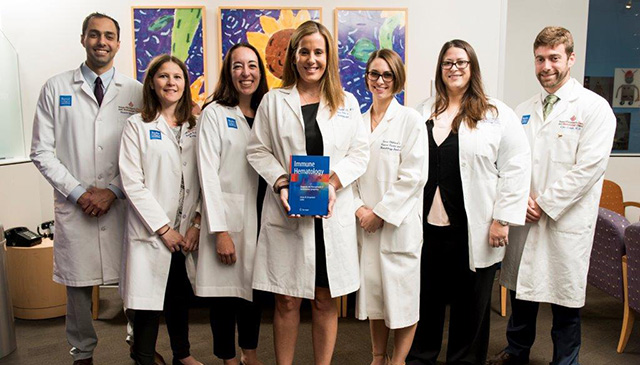



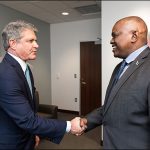
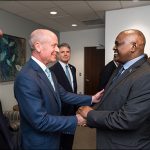

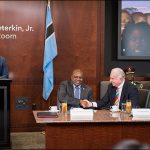
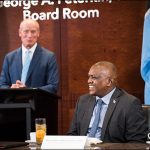
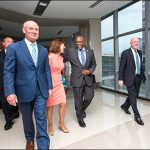
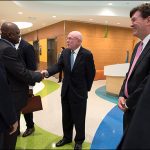
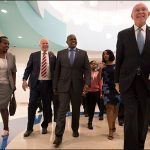
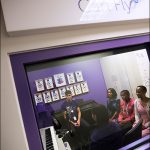




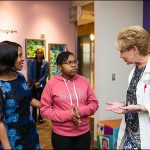
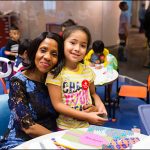
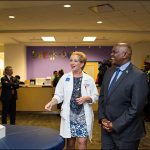
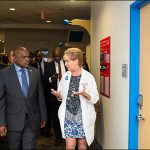
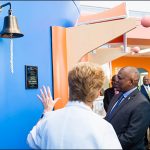


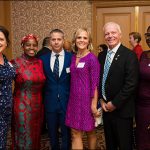



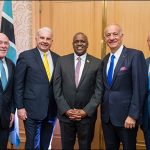
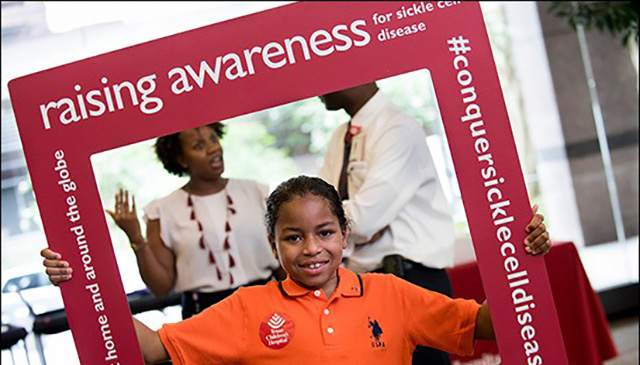
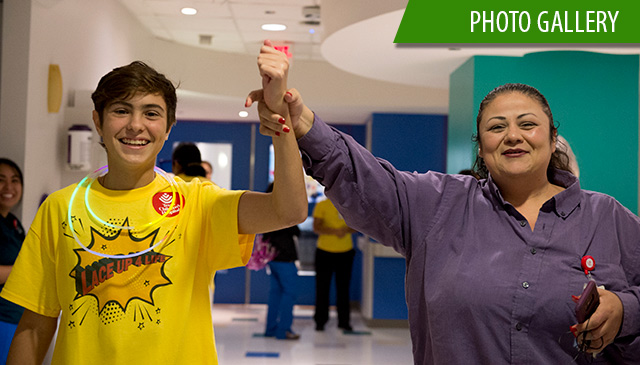 As part of National Childhood Cancer Awareness Month, Texas Children’s Bone Marrow Transplant Unit (BMT) was transformed for a few hours last week into a full-fledged parade route – music, costumes and all.
As part of National Childhood Cancer Awareness Month, Texas Children’s Bone Marrow Transplant Unit (BMT) was transformed for a few hours last week into a full-fledged parade route – music, costumes and all.